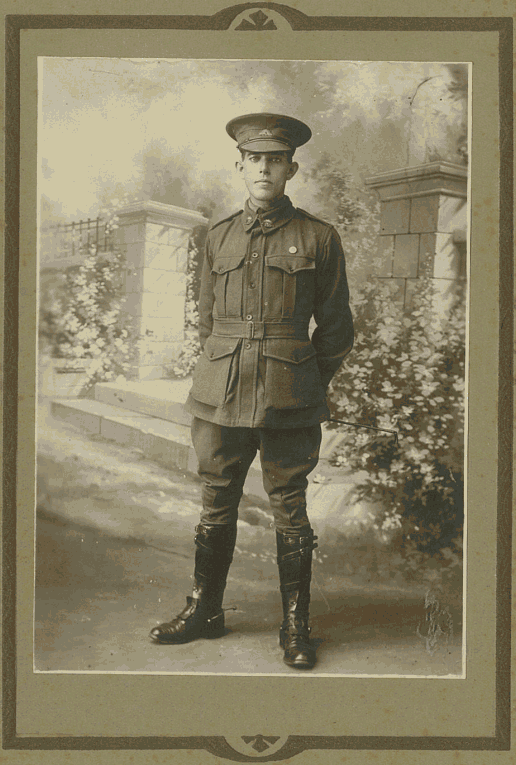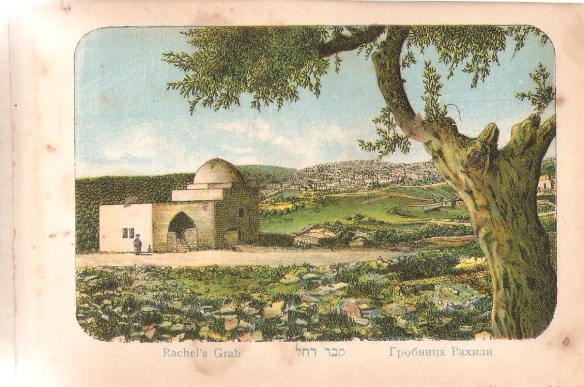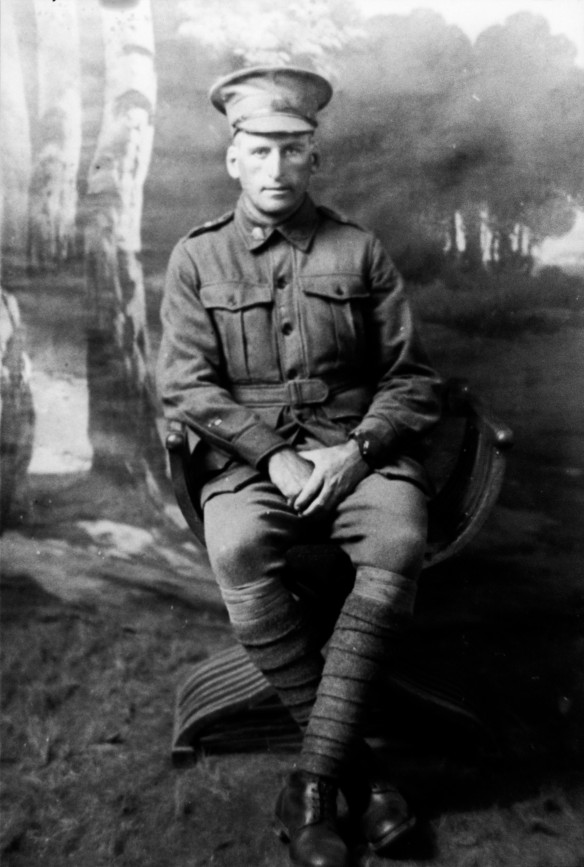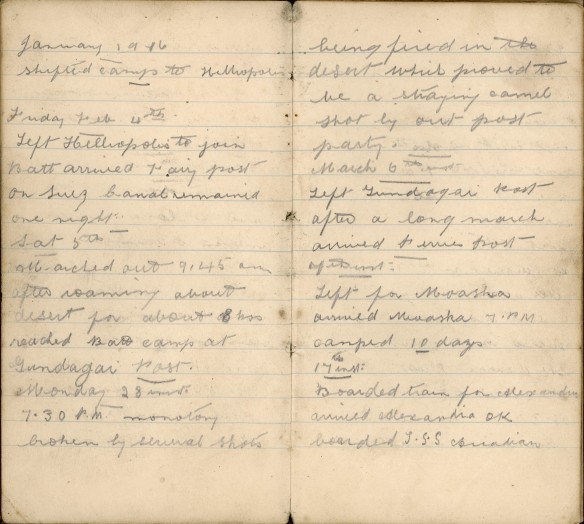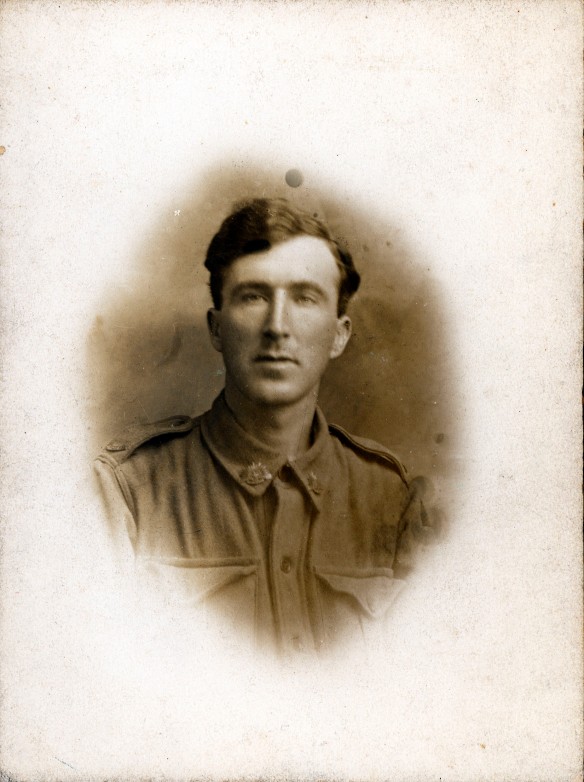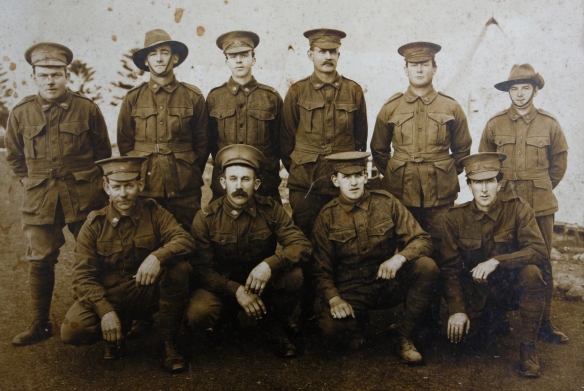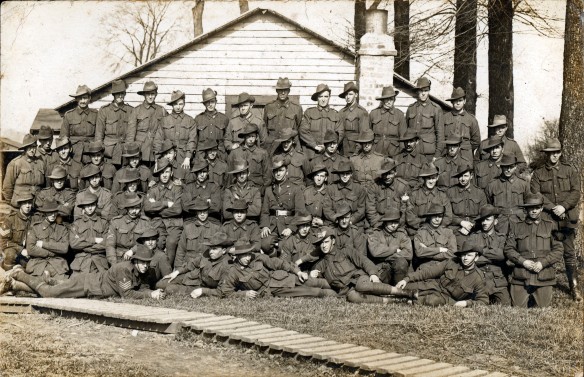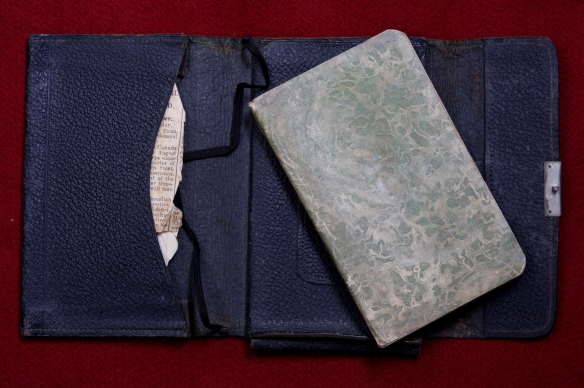Martin Luther Dyer’s photos and memoir have been shared with Wollongong City Libraries by his relatives. The memoir was written following his retirement and contains a great deal of information regarding his service at the front as well as details of his life. Below is and excerpt of the memoir.
Life Story of Martin Luther Dyer Born at Cables Siding (Penrose) On the 30th August, 1893.
At the age of four my parents moved to Woonona, after a short stay moved to Bulli and Wollongong, for a period of approx. 28 [?] months. Thence leaving for Blayney, where I commenced school at the age of six. In 1901 we moved to Lithgow for a short period again returning to Woonona, where my father died at the age of 50. I left Woonona Public School at the age of 13 years and 9 months. With my mother, sister and two brothers, again moved to Lithgow where I commenced my first employment in a store at a weekly wage of 2/6.
After twelve months, I transferred to […] Store. Nathan Basser, who shortly after secured the contract for the supply of foodstuff to the 400 navvies, constructing the ten tunnels to replace the Great Western Zig-Zag for the Department of Railways. I was given the job to collect and deliver all goods over a period of 3 years. This entailed riding on horseback & driving through rugged mountain country in all weather. I had two attempts on my life while carrying money from the camps, but came through without injury. One occasion, a stout rope had been tied to two trees across a mountain track. I was riding a powerful horse through driving snow, the horse saw the rope and threw his head down suddenly, pulling me on to his neck, the rope scraped along my back but otherwise it was my lucky break, saved by my horse.
Shortly after the outbreak of World War I, I moved once again to Wollongong where I set up in business. In 1916 I arranged for a brother to take over, and I enlisted in the War in the 7th Australian Light Horse. After a short period of training we embarked on the [HMAT] Boorara en-route for Egypt. Owing to a submarine scared put into Port Melbourne for a few weeks. It was a nightmare voyage. The Captain stated it was the roughest trio he had ever made, mountainous seas and no lights at night and everyone on the alert. Before reaching Egypt an epidemic of mumps broke out, and I was one of the unfortunate ones. In my case it took a serious turn and I was taken off by stretcher and placed in the Egyptian Gov’t hospital at Port Tewfik, with little hope of survival. However, I pulled through and was sent to the Moasca[sic] training camp in the desert.
Shortly after, we moved to the combat area to make our acquaintance with the enemy…
Eventually the Authorities decided to form a train of mule and horse transport to speed up supplies. They selected a number of expert horsemen to return to Moasca[sic] where wagons, mules and horses were awaiting. I was one of the Company… A lot of the time had to be done at night for fear of air raids. Pulling through the deep sand taxed the animals but they stood the test well. We first made contact with our Companies near the Sinai Peninsula.
Our Unit was named the Anzac Mounted Divisional Train… Our first encounter with the front line was near Beersheba where some fierce fighting was taking place. We had to drive at night without lights, which was most hazardous, enemy dead were laying everywhere. Next village encountered was Gaza and from there on we entered the fertile country. Orange groves, vineyards and olive grove were plentiful. After existing on very little but tin ‘Bully beef’ and biscuits for months, a change of fruit and some vegetables plus an issue of wine worked wonders with the health of the troops. Village after village fell to our troops in quick succession – Richon Le Zion, Jaffa, Ludd (or Lydda). Here we had a respite for some weeks as the enemy were entrenched in the hills ahead.
Finally, we started the ascent towards Bethlehem and Jerusalem. Here we encountered heavy rain and cold weather. It snows in the mountains at Winter. Being unprepared coming off the desert, colds and pneumonia were prevalent. We took every opportunity to see as much as possible of the Ancient Biblical Scenes…
“Souvenir de Jerusalem “
Souvenir book: cover made of wood and contains various images and dried, pressed flowers.Tragedy struck in another form. Dysentery and malaria broke out, and took a heavy toll. I became a victim and was taken by ambulance to a hospital at Jerusalem and the by hospital train back to the 14th Australian General Hospital at Port Said, where I was a patient for 3 months. Leaving hospital I was sent back to Moasca[sic], prior to going back to the front line. Meanwhile, word arrived from Cairo and the principal City of Egypt for someone with clerical and story ability to go and make an inventory of surgical supplies and equipment. I was selected and arrived at Cairo and completed the job. Just prior to finishing, the War ended, so for a few weeks I had the opportunity to visit some of the principal places of historic interest the great Pyramids, Sphinx, Ali Mohommed Mosque, one of the most beautiful in the world, also many others. Leaving Cairo I returned again to Moasca[sic] to await embarkation for home.
In early February 1919, the long awaited word arrived and we proceeded by Lighter to board the City of Exeter. We had a good top home, called at Colombo for a day and inspected some tea plantations in Ceylon and other interesting sites, arrived in Sydney 19th March and realised there is no place like home…
I went back to business after a brief holiday and on the 13th September 1919, was married at Lithgow by Rev. RC Oakley. On the 3rd July 1920, our first child was born, Winifred Lily and soon gave up the business and moved to Nowra as a representative of a Sydney Firm. On the 9th of May 1922, our second child was born, William Morris. After some months we returned to Wollongong where I entered business until 1924 when I took a position with the Wollongong City Council as a Traffic Inspector and Ranger.
…I became absorbed in various additional positions as years went by, Clerical Assistant, Health Inspector, Building Inspector etc. On the 25th October 1929, James Henry was born. I finally retired on 29th August 1959 after 35 years with the Council. I received a beautiful presentation and a testimonial dinner on retiring.
I was a foundation [sic] member of Wiseman Park Bowling Club and have been in Office for 12 years in nearly every position up to President.
According to the Illawarra Mercury, Martin owned a grocery business on Crown St Wollongong. The article also states that he was the sole supporter of his widowed mother and sister and that he had two brothers, one being in Queensland and the other was his business partner.
Martin Luther Dyer died in April 1971.

